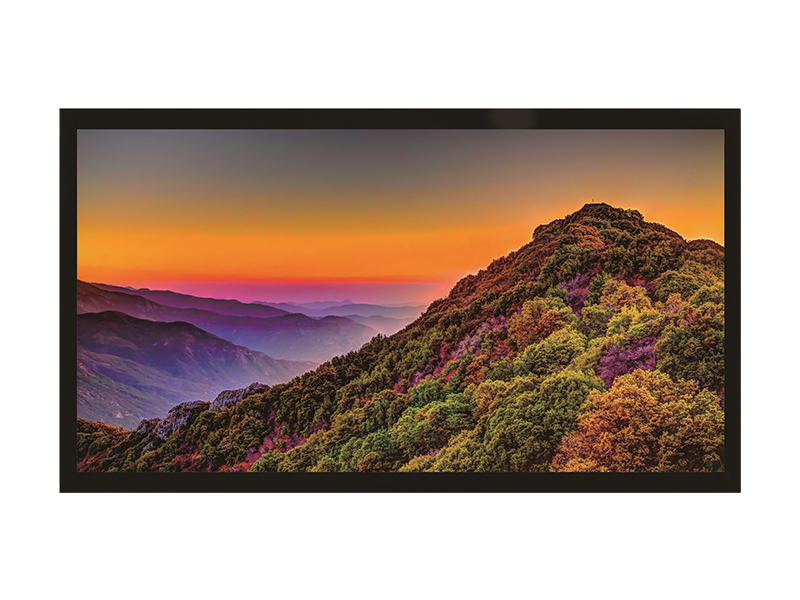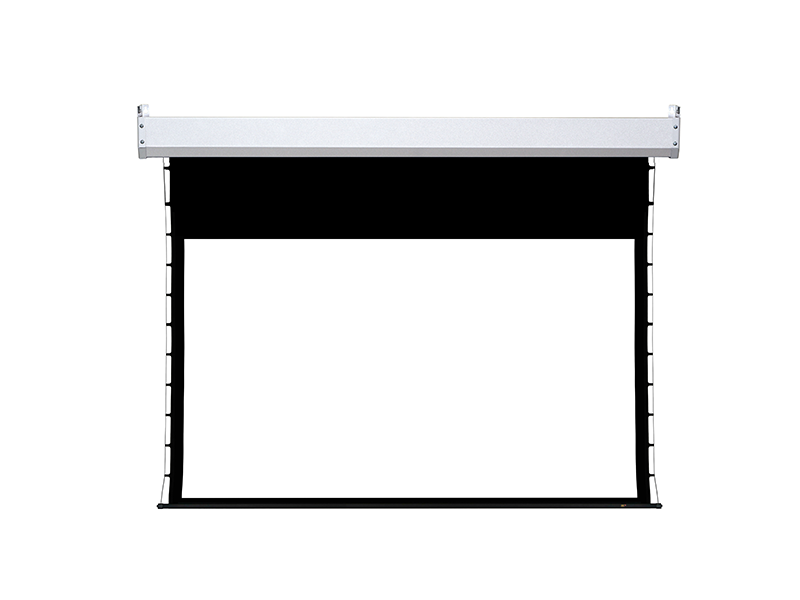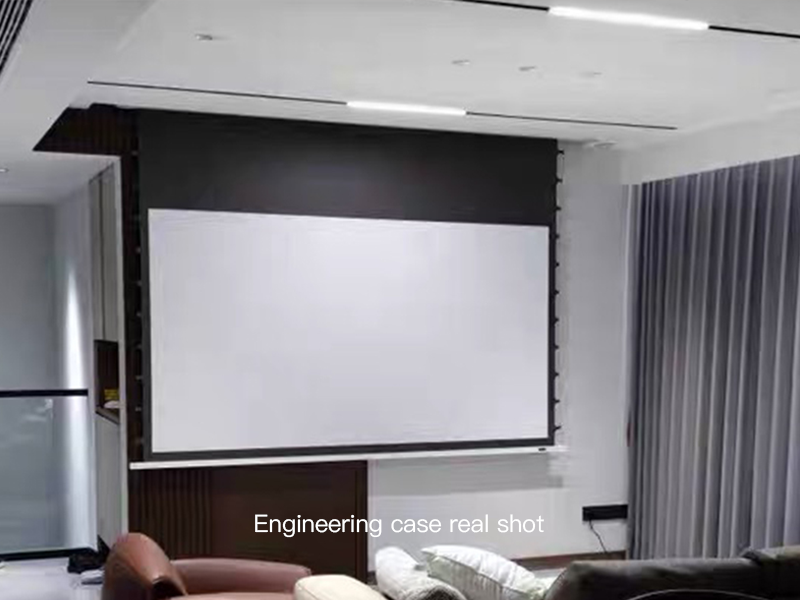

Choosing the right projection screen might seem technical, but it’s a bit like choosing a canvas for a masterpiece. You wouldn’t hang a small, blurry canvas for a detailed oil painting, right? Similarly, the right screen transforms your viewing experience. Let’s dive into some essential—and fun—knowledge about projection screens!
What’s the Ideal Screen Size?
First things first: size does matter. But it’s not just about going big—it’s about going right. To pick the perfect size, measure the width and height of the spot where you plan to install the screen. Think of it like fitting a piece of art into a specific frame. Most product pages include a sizing chart, so use that as your guide. Remember, a screen that’s too large can overwhelm the room, while one that’s too small might leave you squinting. It’s all about balance!
Which Aspect Ratio Should You Choose?
Are you using the projector for cozy movie nights or professional presentations? This is where aspect ratio comes into play. For home entertainment, go for 16:9—the classic widescreen format that brings movies and shows to life. For office use, 4:3 is your friend, as it matches most presentation slides and older content.
Fun thought: Imagine watching a classic film like The Wizard of Oz on a 4:3 screen—it just feels right! But for Avatar or any modern blockbuster, 16:9 widescreen is the way to go. Mismatching the aspect ratio is like trying to fit a square peg in a round hole—it works, but not beautifully.
What Is Screen Gain?
Let’s get a little scientific—but don’t worry, it’s cool! Gain measures how well a screen reflects light compared to a standard white wall (which has a gain of 1). If the gain is below 1, the screen absorbs more light, making the image dimmer. Above 1? It reflects more light, making the image brighter.
Think of it like a microphone: some speakers amplify sound more than others. High-gain screens (like metal screens) are great for bright environments but have narrower viewing angles. Low-gain screens offer wider angles but may need a darker room. It’s a trade-off between brightness and flexibility!
What’s the Best Viewing Angle?
Not all screens are created equal when it comes to viewing angles. The “viewing angle” is the point where the screen’s brightness drops to 50%. Inside this angle, the image looks great; outside, it fades. Generally, higher-gain screens have narrower angles. So, if you’re hosting a big movie night, make sure everyone gets a seat within the sweet spot!
Types of Projection Screens
Screens come in all shapes and styles—each with its own personality!
- Electric screens: Perfect for the tech-savvy user. With a push of a button, they roll up neatly.
- Manual pull-down screens: Simple, reliable, and budget-friendly.
- Portable stands and tripods: Great for presentations on the go.
- Fixed-frame screens: The VIP of home theaters—super flat and immersive.
- Curved screens: These wrap the image around you for a more engaging experience.
It’s like choosing between a foldable chair and a luxury recliner—each has its time and place!
Screen Materials Breakdown
Here’s where things get interesting. The material of your screen can make or break your viewing experience.

| 幕布材质 | 增益 | 可视角度 | HD | 3D | 主要应用场所 |
| 白玻纤 | 1.2 | 160度 | √ | √ | 教学、商务、工程、家庭影院,支持高清、3D、4K投影 |
| 灰玻纤 | 1.1 | 150度 | √ | √ | 用于高清家庭影院,不刺眼,不模糊,画面更舒服 |
| PVC软白塑 | 1.2 | 160度 | √ | √ | 家庭影院、教学、展厅、会所支持高清,3D、4K投影 |
| PVC软灰塑 | 1.1 | 150度 | √ | × | 用于商务、高清家庭影院,高对比度,色彩更纯 |
| PVC软金属 | 2.8 | 120 – 160度 | × | √ | 3D影院专用,适合快门式3D和双镜头3D投影 |
| 编织透声纤维 | 1.2 | 130 – 160度 | √ | √ | 用于家庭影院,音响隐藏于幕布后面使用 |
| 微孔透声PVC | 2.4 | 140 – 160度 | √ | √ | 应用于家庭影院,音响隐藏于幕布后面使用 |
- White Matte (PVC) Screen: The all-rounder. Affordable, durable, and great color accuracy. It’s like the reliable family car—does the job well without breaking the bank.
- White Fiberglass: A step up. Stays flat even in humid conditions and offers better contrast. Ideal for those who want a crisp, vibrant image.
- Gray Fiberglass: The mood-setter. Enhances black levels and adds depth, making it perfect for projectors with high brightness. It’s like wearing sunglasses for your screen—reduces glare and improves contrast.
- Glass Beaded Screen: The bright spark. Reflects more light, making it ideal for well-lit rooms. Commonly used in classrooms and boardrooms.
- Metal Screen: The superstar. Delivers stunning clarity, incredible gain, and wide viewing angles. Perfect for 3D content and high-lumen projectors. It’s like IMAX at home!
- Acoustically Transparent (Weaved & Micro-Perforated): The invisible performer. These screens have tiny holes that let sound pass through without distorting the image. Perfect for serious home theaters where speakers hide behind the screen for a clean, immersive setup.
Why Does This All Matter?
In a world where we’re surrounded by digital displays, a good projection screen is what separates a mediocre movie night from a cinematic experience. It’s not just about throwing light on a surface—it’s about creating magic. Whether you’re binge-watching series, gaming, or presenting to clients, the right screen makes you feel more connected to the content.
So, the next time you plan your setup, think beyond the projector. Your screen is the stage where all the action happens. Choose wisely, and let the show begin!


